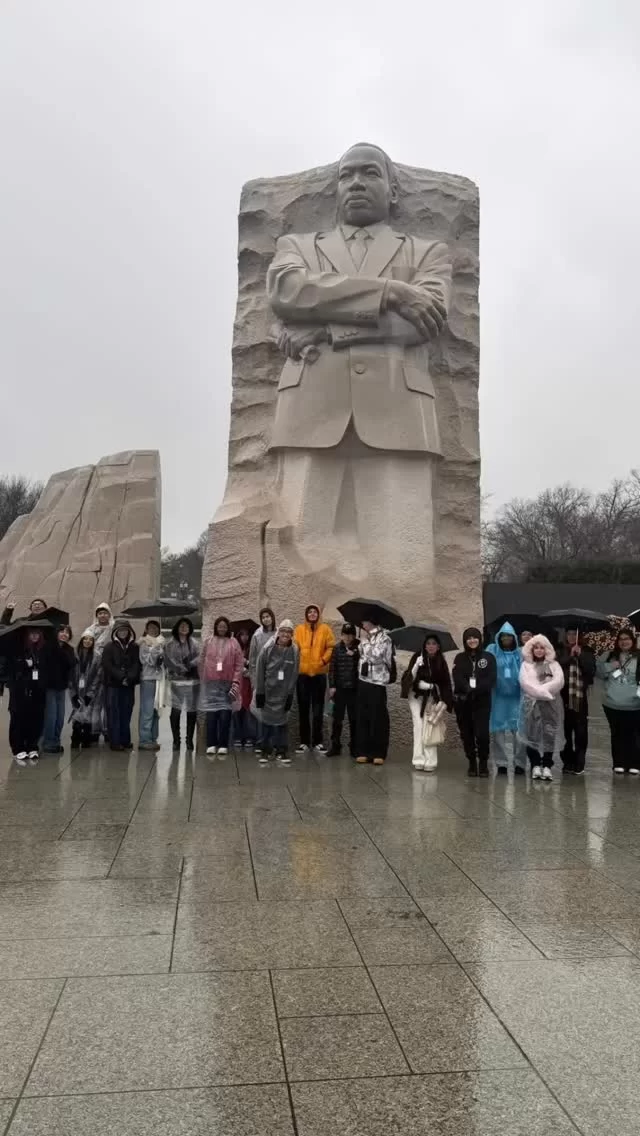4 Tips to Being a Conscious Traveler
What it means to be a Conscious Traveler
The COVID-19 pandemic has changed the way the world functions, but most importantly, it has compelled us to look at how we are impacting it. Given the travel industry’s changing landscape and dynamic, we at Pathways Travels wanted to reflect on how we can create positive change in the travel realm and what it means to be a conscious traveler.
First coined by activist, Anna Pollock in 2011, “Conscious Travel” is a mindfulness for the world and its people whom we encounter upon our travels. Read more about the movement here. At the core, a conscious traveler is someone who is respectful of the world around them and actively engages in cultural immersion, climate sustainability, and social understanding.
Here are our top 4 tips on being a conscious traveler:
1. Do your Research
Before traveling to any destination, read up on what you need to prepare for. Some topics you’ll want to consider are:
Travel Logistics:
- Travel Warnings & Restrictions
- Tourist Visas
- Health & Safety – Vaccines
Local Customs:
- Local Language and Currency
- Weather & Appropriate Dress
- Customs & Culture
Fortunately, Pathways Travels handles all the nitty gritty of the first half of this list, making the research process a lot less intimidating. However, it’s important to educate yourself on the second half: the local customs. In order to have the best overall experience, you’ll want to learn about the country/city’s culture and way of life.
This includes:
-
- Being prepared for what type of food they generally eat
- Find out if the country makes more meat-based meals or vegetarian, and be prepared for what type of food will be available (or not available). If you are used to a specific diet at home, it may be helpful for you to learn terms in the language to help you avoid certain foods such as meat, spicy foods, etc.
- It helps to lessen culture shock by familiarizing yourself with its history. For example, on our trip to China, we learned a very popular dish: chicken feet. It can also be found at China’s McDonalds! According to Atlas Obscura, “In addition to their tastiness, Chinese people are also fans of chicken feet for their health benefits. The collagen-rich snack is said to be good for the skin.” Upon learning that this delicacy is a common snack among Chinese locals, we are able to be open-minded and understanding of new foods.
- Being prepared for what type of food they generally eat

On a Pathways Cuba Trip, we ate a home-cooked meals at one of the casa particulares we stayed at, run and owned by local families.
-
- Learning the history of the city
- Answering questions like: What’s the demographic? What are current residents struggling with? Excelling at? What has impacted these cities?
- Knowing some of these general facts will help you see through the lens of local people and gain a better understanding of each other. When you can identify with other people, you can sympathize with their situation and understand why people do the things the way they do.
- Learning the history of the city
- Practicing the local language
-
- Learning the language and attempting to speak to locals can be extremely helpful in navigating directions or situations. Simple phrases such as “Hello”, “How are you?” and “Where is the bathroom?” can be very useful.
-
- Knowing and Respecting the Customs
-
- When researching your city or country, it is vital to know what type of social interactions constitute as respectful or disrespectful. This includes table manners, dining and dress etiquette, restaurant tipping, and more. For example, in South Korea, it’s common to let the oldest person on the table eat first before you eat your meal, as a form of respect for elders. Another important example is the dress code requirements at many religious and historical sites. Many sacred or cultural locations require that shoulders and knees remain covered while inside the building, so you may need to plan ahead when getting dressed in the morning.
-

In Cuba, we also visited local art organizations like Habana Compas Dance.
Also, it’s good to remind yourself that you are a guest visiting someone else’s home. What’s more, you are also a representative of your own home country. Be respectful toward customs, food, and culture that you experience other than your own. The last thing you want to do is to disrespect someone or something unknowingly. If you’re unsure about something, ask!
2. Support & Eat Local
Just like in the U.S.,supporting small local businesses helps ensure that we are making an impact in the local economy. Although it may be comforting to visit a Pizza Hut or Subway, it’s much more meaningful to sit down at a small, Mom & Pop that offers an individualized and much more authentic experience.
These experiences are what encourage you to humanize the people around you. More often than not, these places are also home to some of the best conversations with shop owners and locals that you will experience on your trip.

On a Pathways China trip, we got to try authentic Chinese cuisine at a local restaurant.
3. Mode of Transportation – Fly Direct & Explore on Foot or Train
At Pathways, we do our best to find direct flights from your home airport to your destination. Not only does this save time, it also reduces your carbon footprint (whereas, layovers mean taking off on more planes and releasing more carbon dioxide). According to Air Transport Action Group, “Flights produced 915 million tonnes of CO2 in 2019.” – Meaning that we should be wary of the amount of times we get on a plane.
Although the best eco-friendly forms of transportation are walking and biking, train travel is also a great option. In fact, Eurail notes that “Compared to cars and airplanes, trains emit between 66 and 75 percent less carbon.” We recommend traveling via train not only for the eco-friendly benefits but also for better views of the local landscape. At Pathways Travels, we seek to add train travel to our itineraries whenever possible.

photo credit: Travel for Teens
4. The Eco-Conscious Little Things: Reusable Water Bottles & Short Showers
According to One Planet Network, “With 80 percent of all tourism taking place in coastal areas, plastic from the sector can be a large contributor to this pollution.” As mentioned before, when traveling, we are guests in someone else’s home. We encourage all travelers to make sure that we are not leaving trash or wasting precious resources at home or when abroad.

All our Pathways trips offer reusable water bottles to take on trips. Picture here is a Pathways WWII water bottle with a student on our WWII Hawaii trip.
We recommend bringing a reusable water bottle (Pathways Travels offers one to every traveler on our trips) and taking short showers when traveling. It’s important to stay hydrated when you are on long tours or working on activities, such that you maintain a healthy immune system and keep up your stamina throughout the trip
However, depending on where you are staying, your immune system may not be friendly with the local water source. Especially in developing countries, we learned that most places do not have a clean water source or transportation. In this case, it’s important to buy large amounts of water and refill your water bottle when necessary. On our Cuba trip, we make sure to have gallons to help refill your reusable water bottle instead of resorting to plastic bottles each time you need a drink.
If you want to read more on how plastic pollution from tourism impacts local communities, check out One Plant Network’s piece here.
To be a conscious traveler means constantly educating yourself and being aware of your impact. This includes understanding the socio-economic disparities between impoverished and well-developed cities, and learning to support communities in need, and the diverse Earth you live in.
More Resources:
“Travel is fatal to prejudice, bigotry, and narrow-mindedness, and many of our people need it sorely on these accounts. Broad, wholesome, charitable views of men and things cannot be acquired by vegetating in one little corner of the earth all one’s lifetime.” – Mark Twain
Related Articles
Find us on Instagram @pathwaystravels











